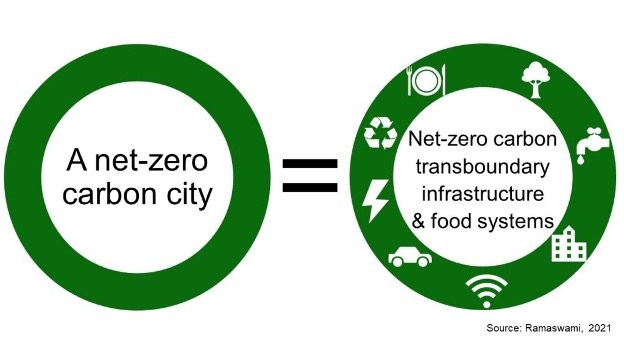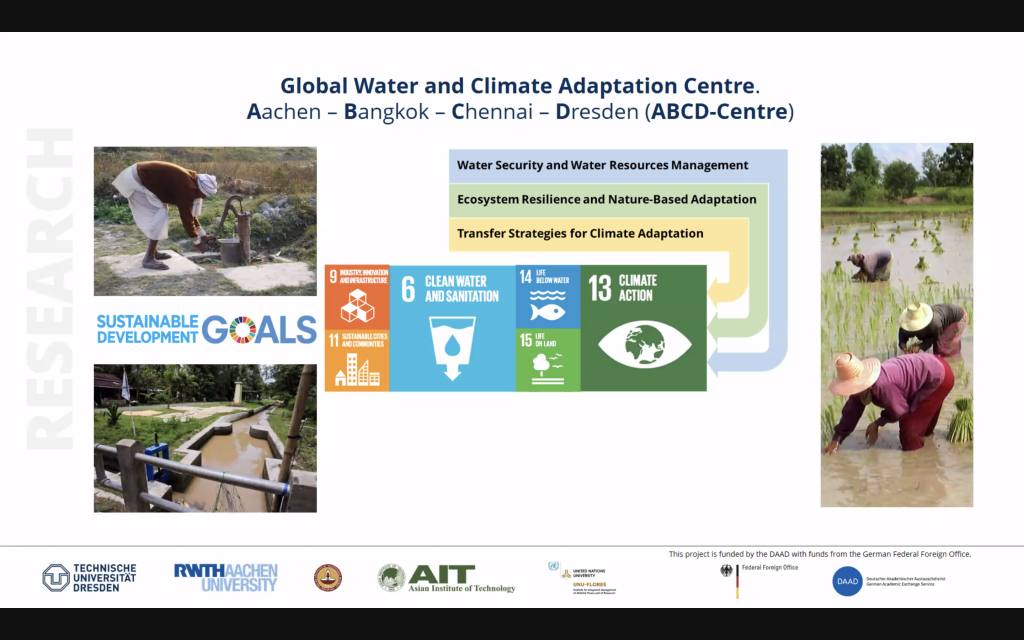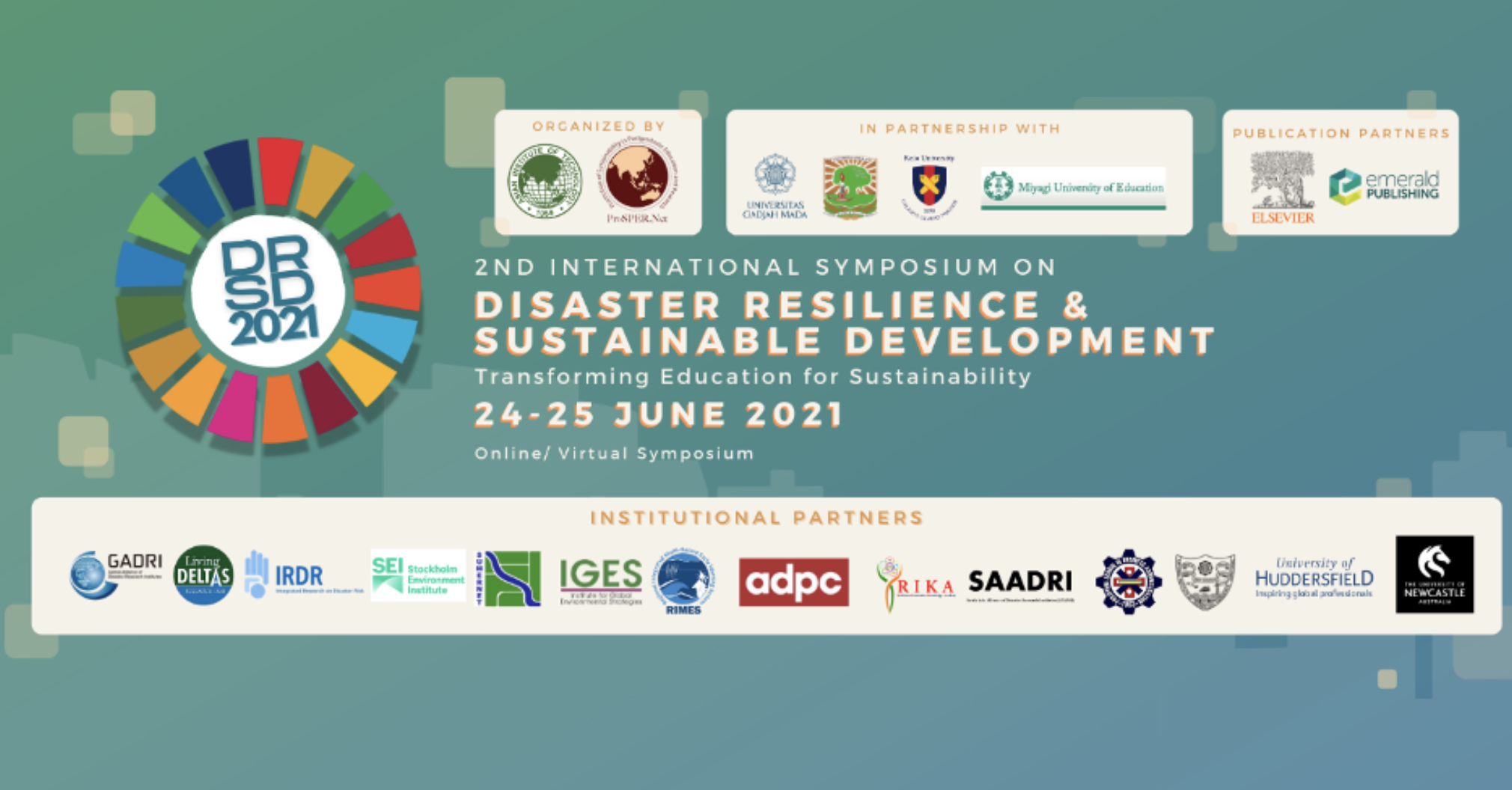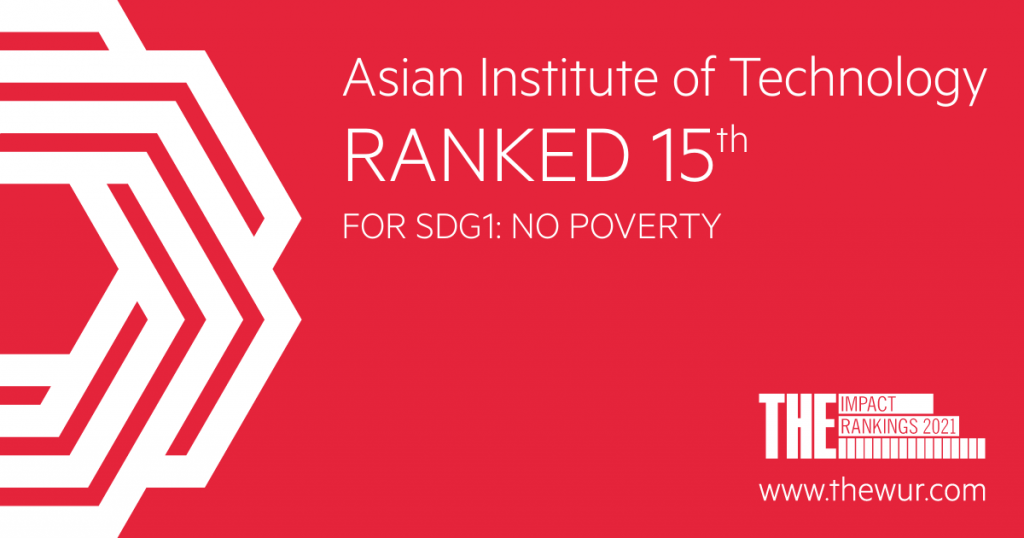Thiwari Werayasobprasong
Despite the growing number of commitment from countries around the world to cut down carbon emissions and to achieve net-zero by the year 2050, a clear and comprehensive framework to account for carbon emissions at a city level had been yet missing.
Led by Prof. Anu Ramaswami of Princeton University, urban policy specialists and scientists, including Prof. Shobhakar Dhakal of Asian Institute of Technology, a peer-reviewed commentary titled “Carbon analytics for net-zero emissions sustainable cities“ offers a workable definition that a net-zero carbon city is one that has net-zero carbon infrastructure and food provisioning systems, with a framework to account for greenhouse gas (GHG) emissions – which will help bring climate change to a halt and support the Sustainable Development Goals (SDGs).
According to the authors, 90% of global GHG emissions are from seven key community-wide infrastructure and food provisioning systems: energy, transportation-communications, food, construction materials, water supply, green infrastructure, and waste management systems – all of which are essential to every-day operation of a city.

Image courtesy of Anu Ramaswami, Princeton University
“A focus on these 7 systems allows city-scale decarbonization efforts to systematically align with larger-scale Net-Zero of regional electricity grids and nations,” said lead author Anu Ramaswami, Princeton’s Sanjay Swani ’87 Professor of India Studies and professor of civil and environmental engineering and the High Meadows Environmental Institute, in her tweet.
Given complex nature of a city, where studies have shown to rely on imports of electricity; transportation fuels; water; food and construction materials, while also being embedded in trade networks of even more complex supply chain, one of the major challenges in the past 15 years has been how to account for carbon emitted through transboundary systems such as these. A transboundary approach proposed in the commentary; thus, addresses this challenge as it tracks carbon emissions along the supply chains of the major systems that keep a city running.
“While research and practice communities has proposed multiple protocols for cities, none goes far enough as a workable net-zero framework in the context of cities which must address the transboundary aspects more clearly and comprehensively,” said Prof. Shobhakar Dhakal, co-author of the paper and professor at the Department of Energy and Environment, AIT’s School of Environment, Resources and Development.
Professor Dhakal argues that “the focus on seven key community-wide infrastructure and food systems not only allows to practically help address net-zero emission but also allows to connect climate mitigation with many emerging urgent urban agendas”. Some of these key agenda items are: Smart Cities; Nature Based Solutions; Net-Zero Mobility; Net-Zero Food and Net-Zero Buildings – which systematically link with SDGs on health and wellbeing, inequality, climate, water, land, energy and cities.
‘Net-Zero’ is the balance achieved when amount of greenhouse gas produced equals to amount removed from the atmosphere. Net-Zero is crucial to stop the temperature of the earth’s surface from reaching two Celsius degrees warmer, which could lead to the demise of the planet.
Published on May 13th, 2021, in the prestigious Nature Sustainability journal, “Carbon analytics for net-zero emissions sustainable cities,” was co-authored by renown scientists and urban-science and policy specialists from Princeton University, CSIRO Australia, Stanford University, NASA, the Asian Institute of Technology, the World Resources Institute, Global Carbon Project, Keio University, ICLEI-Local Governments for Sustainability USA, and Yale University.







